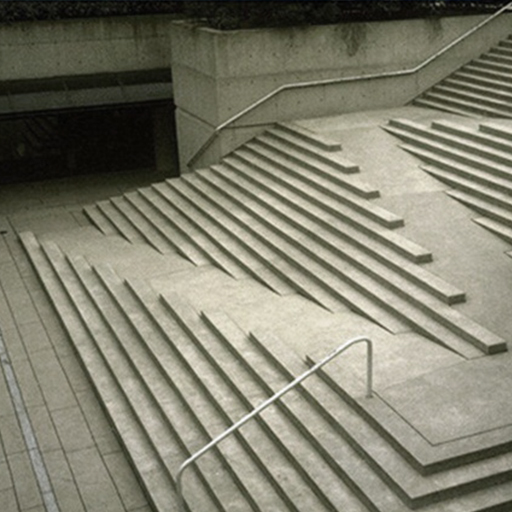As we pass through the street or inside modern buildings, it is very common to see access ramps on sidewalks, next to the stairs, as well as special sections of parking and sanitary facilities, it is understood about the importance of observing the rules of use and respect Which apply in each case and although there are more and better design standards and regulations are clearer, demand is not covered or need fulfilled, there are billions of people who, due to different circumstances, whether temporary or permanent, are in A situation of physical disability that complicates or compromises mobility, it is estimated that almost 20% of the current population needs access to special facilities and equipment to access and enjoy the goods and services offered by modernity.
Universal accessibility includes not only the physical disability caused by diseases, insufficiencies and accidents, it is also related to the elderly, very young children, pregnant women, as well as temporary illnesses that cause complications of movement of any kind. To move freely around the world, for the cities we inhabit is not only a civic right, it is a basic human need, related to productivity, recreation and all the activities that define us as people.
Inclusive architecture is the first tangible ingredient to contemplate the existence of all other factors that contribute to the integration of facilities and services that together make life easier for those who need them.


